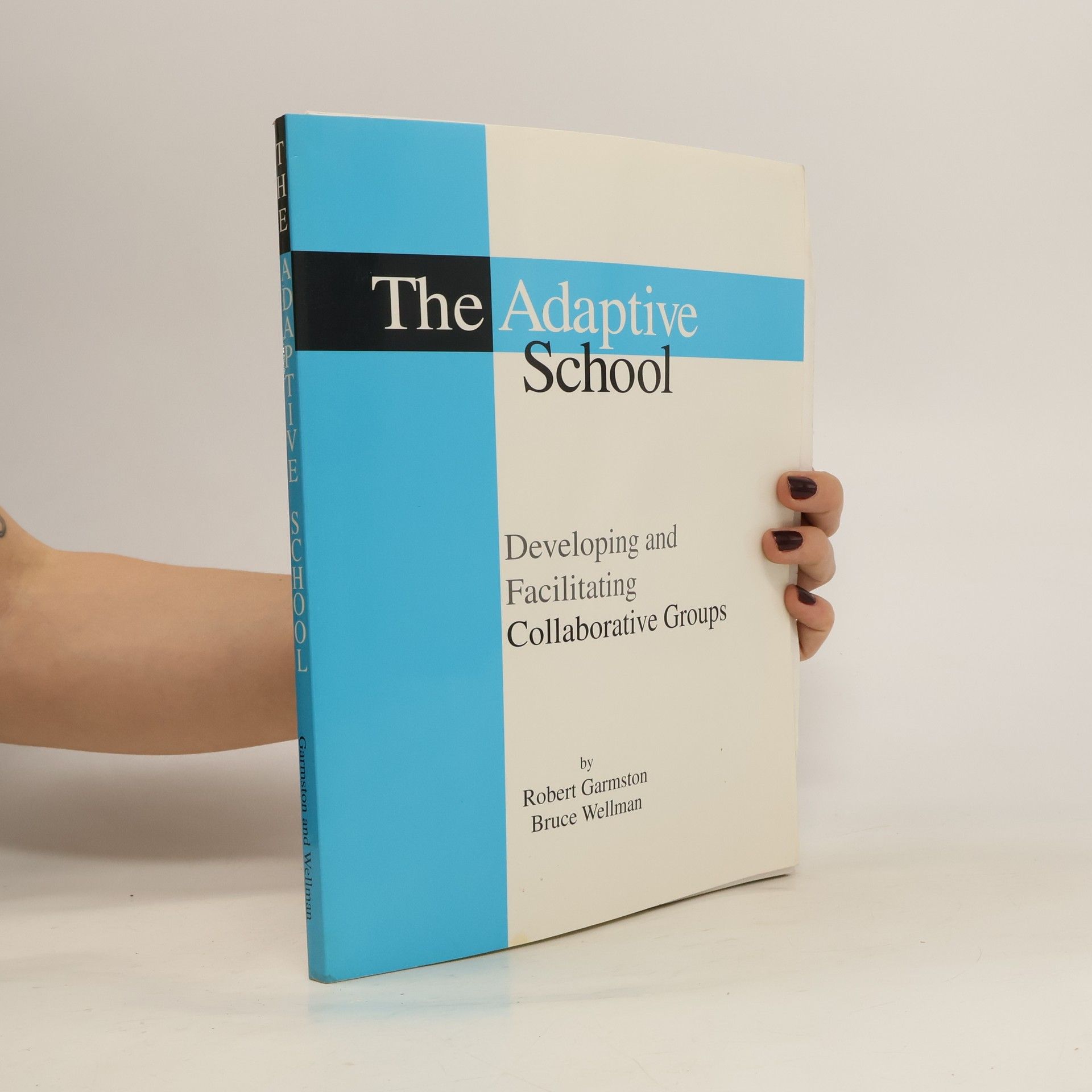Robert J. Garmston Boeken
Robert J. Garmston is een pedagoog, auteur en cognitief theoreticus. Hij is professor emeritus aan de School of Education van de California State University, Sacramento. Zijn werk richt zich op cognitieve processen in het onderwijs en hoe deze inzichten onderwijspraktijken kunnen verbeteren. Garmston onderzoekt hoe docenten denken en hoe dat denken hun onderwijs beïnvloedt.
